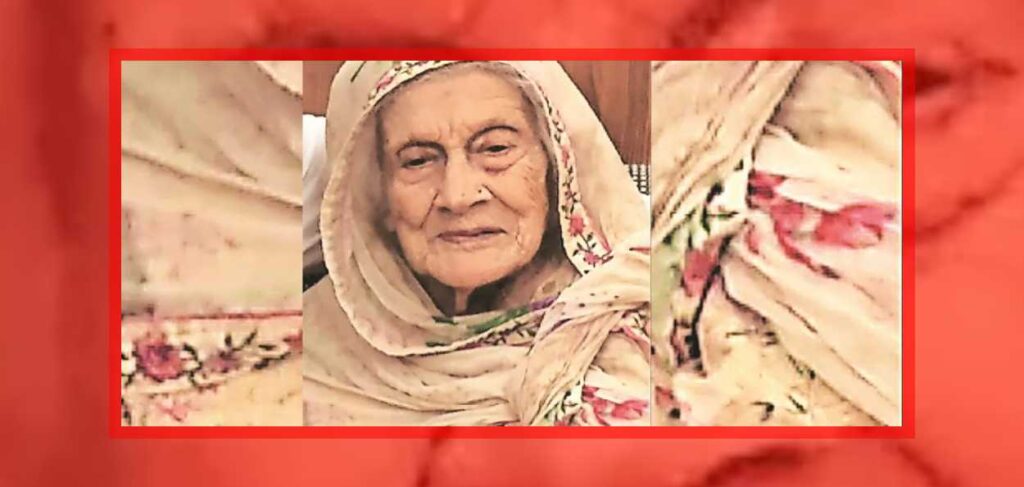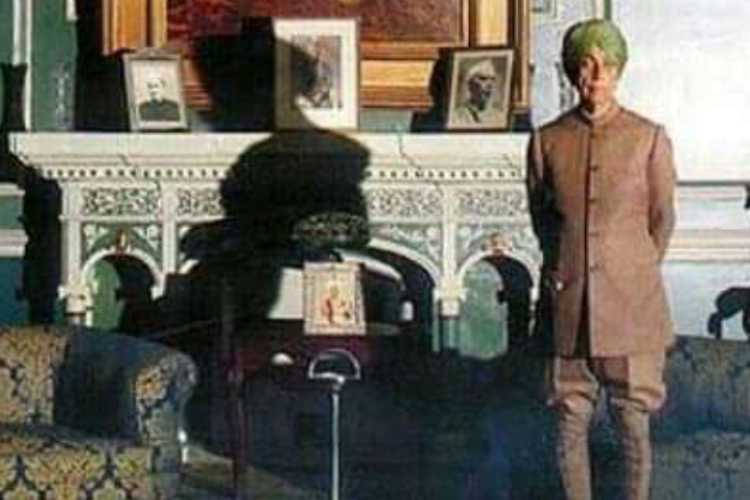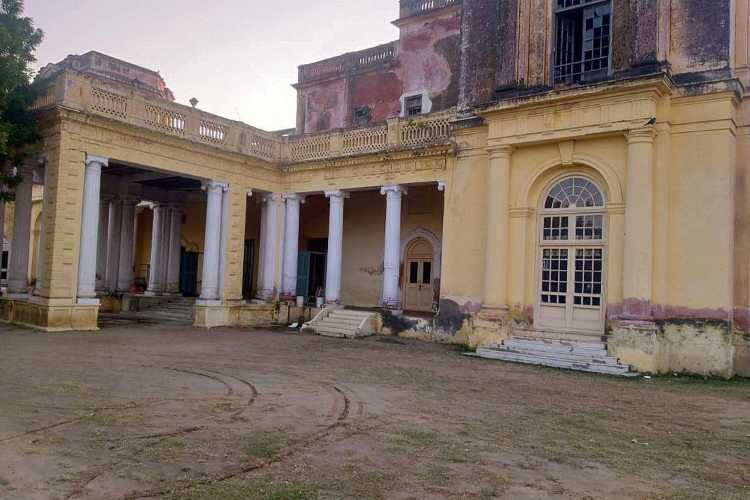Malerkotla, PUNJAB:

Tucked away on the Delhi-Ludhiana railway line, about 40 kilometres from Jalandhar is Malerkotla. It is a small town, famous for poets and palaces, some of which are more than a hundred years old.
In this muslim-majority district lies a 150-year-old palace that doubles up as the resident of Begum Munawwar ul Nisa, a descendant of the erstwhile ruler of Malerkotla, Nawab Sher Mohammad Khan.
Begum Munawar ul Nisa, known popularly as ‘Begum Sahiba’ lives alone in the twilight of her life in the dilapidated palace called ‘Mubarak Manzil’.
Very rarely does she get visitors. Sometimes officials from the Archaeological Survey of India knock at her door, and sometimes a journalist drops by to know her story. And sometimes, foreign tourists are brought here by local guides for a glimpse of pages from Muslim-Sikh harmony in Indian history.

The old and frail Begum’s forefather, Sher Mohammed Khan had strongly opposed the sacrifice of the two sons of Guru Gobind Singh by the Subedar of Sirhind in 1705.
It is for this reason that Malerkotla holds a significant place in the history of Sikhs, specially the palace where the Begum lives today. Therefore, it was not surprising when on February 4 this year, the palace was abuzz with activity.
The Shiromani Gurudwara Prabandhak Committee has declared February 4 as the day for honouring the last descendant of Nawab Sher Mohammed Khan for the role the family played in raising their voice against the atrocity committed by the Mughals on the sons of Guru Gobind Singh.
Mohammed Mehmood, the Begum’s attendant, who takes care of her minutest requirements in her old age at this palace, recalling the moment when officials came here to honour Begum Nisa says, “On February 4 afternoon, the SGPC secretary Simarjit Singh and the historic Gurudwara Fatehgarh Sahib Manager Bhagwant Singh and some other SGPC officials reached the ‘Mubarak Manzil’ and met Begum Munawwar ul Nisa. They met and honoured her duly offering that the supreme institution of the Sikhs and the entire Sikh community is indebted to her forefathers and therefore, she can reach out to them without any kind of hesitation and any kind of trouble.”
On this day, the SGPC officials came to the palace to request her to will the sword gifted to her family by Guru Gobind Singh to the Sikh community. The Begum informed the committee officials that the needful had already been done and also showed them the official papers of the same.
Advocate Harjinder Singh Dhami, head of the SGPC, said, “the entire Sikh community is indebted to Nawab Sher Mohammad Khan and his descendants. This is another hallmark in Muslim-Sikh relations. As long as Begum Munawwar ul Nisa remains safe, the SGPC will take care of her in every possible way and repair the ‘Mubarak Mazil’.”
A few years ago, Begum Munawwar ul Nisa at the age of 97 had willed her palace to the Amarinder Singh government in the state for preservation as her last wish. Unfortunately, due to red-tapism and government lethargy, the repair work to be undertaken has not taken off as expected.

It is to be seen if the promise made by the SGPC will lead to the palace see better days.
Begum Munawwar ul Nisa is the third wife of Mohammed Iftikhar Ali Khan Bahadur, a descendant of Nawab Sher Mohammad Khan. The first two wives of the Nawab are no more.
Nawab Moahmmed Iftikhar Ali Khan Bahadur himself passed away in 1982. He had no children from any of his Begums.
The ‘Mubarak Manzil’, where the Begum lives presently is now a government heritage property. The palace and the Begum in particular is a beautiful symbol of harmony between the Muslims and Sikhs from history till the present times.
source: http://www.awazthevoice.in / Awaz, The Voice / Home> Story / by Amrik Singh, Jalandhar / posted by Nakul Shivani / February 07th, 2023








